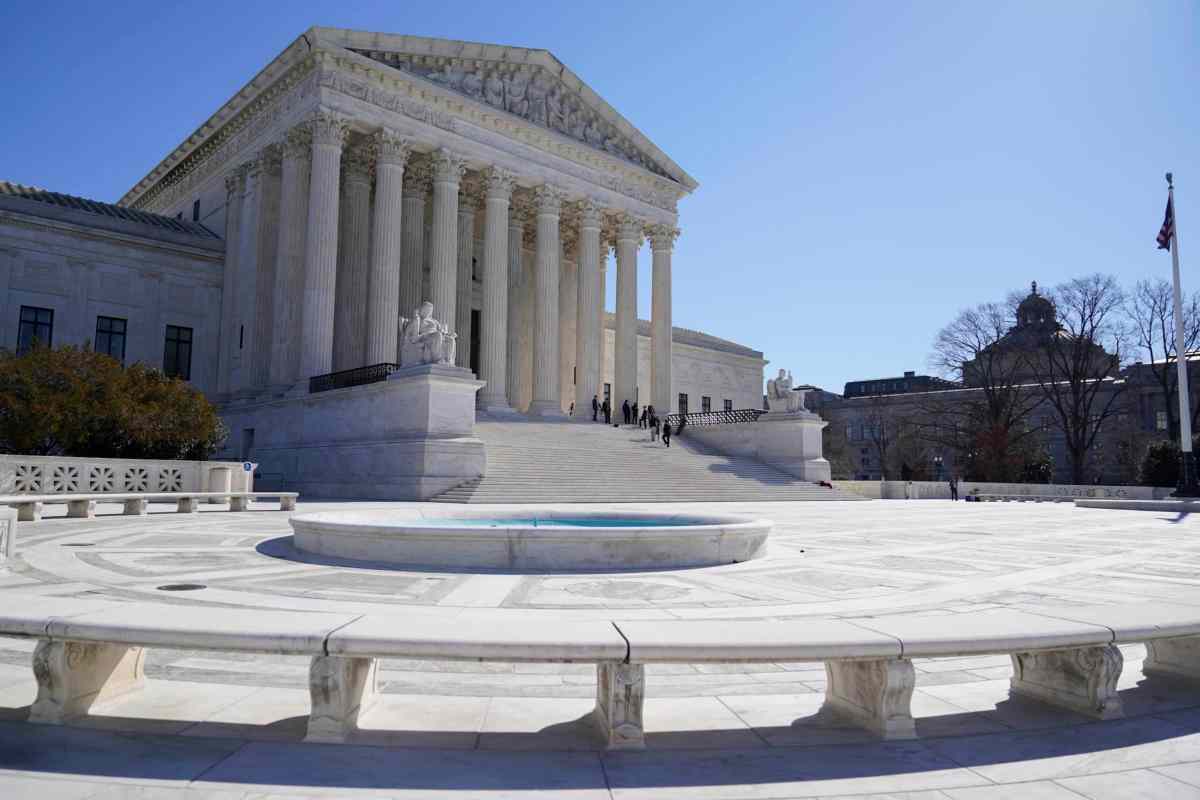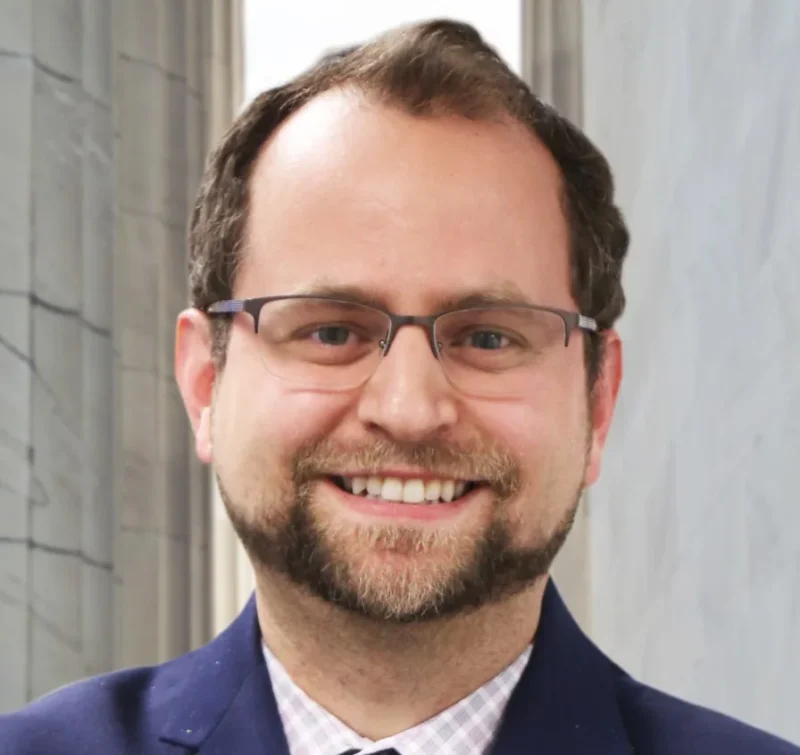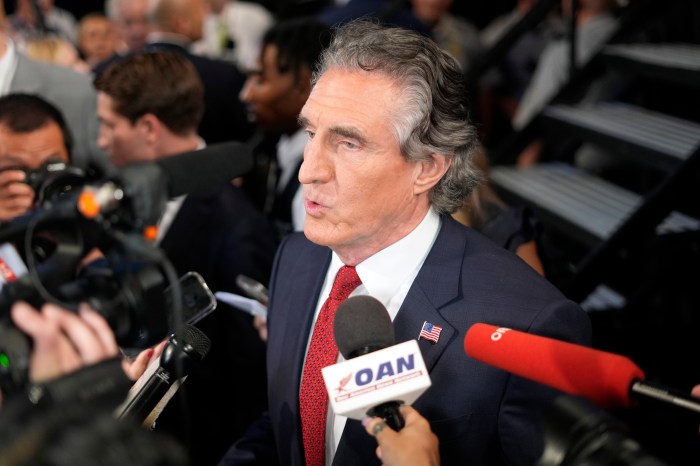The intersection of Karines Reyes’ two jobs as an oncology nurse and state lawmaker for the Parkchester and Castle Hill sections of the Bronx were on full display during the marathon COVID-19 pandemic.
“There’s definitely an intersection between the two roles. One is how policy affects every aspect of the health care delivery system and how people consume that, how they access care,” said Reyes, a progressive who first joined the state Assembly in 2018. “Then there is the health care system and the delivery of health care, and how people may have the best intentions but their hands may be tied in providing care, and figuring how to make that better was why I ran for office.”
As a per diem oncology nurse, Reyes pulled shifts at Montefiore Medical Center during the height of the pandemic’s heavy toll on the Bronx. As a lawmaker, Reyes was instrumental in the passage of the NY Hero Act, a precedent-setting policy effort which protects private sector employees against exposure and illness during a future airborne infectious disease outbreak.
Now, Reyes hopes she can be equally vital in what she sees as a “different” rebuild for the Bronx, compared to other boroughs.
“When we think about the recovery, we need to make up for lost time that we may never get back,” said Reyes, a prime sponsor for the New Deal for CUNY, which requires that certain amounts of college tuition be replaced by federal, state and city funds. “Large government investments like the New Deal helped us climb out of the Great Depression, and I think that’s what this recovery is going to need for the Bronx. It’s going to need us and leadership fighting tooth and nail for the Bronx, for resources and for our communities.”
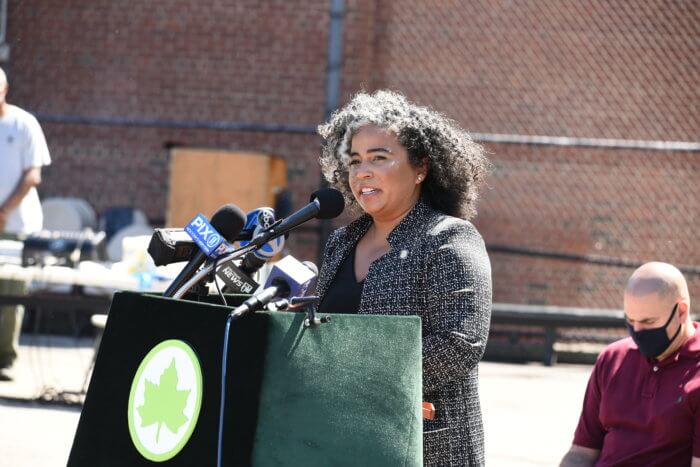
As New York City relaxes its mandates for vaccinations and mask-wearing amid plummeting COVID cases following the omicron surge in January, some see the city entering the next phase of the pandemic.
The keyword from city officials is recovery, outlined by an ambitious economic bounce back plan from Mayor Eric Adams’ administration, which was released this week. Prior to the pandemic, the Bronx was on track for record economic growth, with unemployment at an all-time low and development at an all-time high.
But the public health crisis stalled that growth in 2020, as many Bronx neighborhoods were at higher risk of contracting COVID-19 than anywhere else in the city — with more cases and death per capita than the other boroughs.
Boroughwide unemployment averaged 5.4% in the first three months of 2020, then shot up to a peak of 24.6% in May 2020, before gradually declining to 15% in April 2021. The Bronx jobless rate now stands at 11.1%, but still lags behind neighboring boroughs.
Two years later, and 7,687 lives lost, the Bronx’s recovery has an uphill battle ahead.
The sudden and dramatic closure of businesses across New York City hit the leisure and hospitality sector the hardest, a 2021 report from state Comptroller Thomas DiNapoli detailed. In the Bronx, it meant the loss of 9,600 jobs — a 45.6% drop — in that sector by the summer of 2020.
In West Farms, a predominantly Black and Latino neighborhood in Reyes’ 87th Assembly District, unemployment levels reached 26% at one point.
And recovery for some areas of the Bronx will be different than others. Roughly 40% of Bronx businesses closed their doors during the pandemic. But in the South Bronx, an estimated 60%-80% of minority-owned businesses may be at risk of closure without serious financial relief, according to the NYC Comptroller’s Office.
Prior to the pandemic, more than 70% of Bronx residents worked in essential or face-to-face industries.
Some of the industries the Bronx heavily relied on, Reyes said, may not revert to pre-pandemic norms.
“We’ve seen many small businesses close their doors, we’ve seen people lose jobs and still not find employment, we’ve seen people go into debt and struggle to climb out of that,” she said. “So I think the recovery is going to take us looking at every aspect of every day of life and to put resources (into the Bronx) in ways that we’ve never been seen before.”
While recovery efforts will need to fully undo record-high unemployment when the virus raged in the borough and throughout New York City, keep on-the-brink businesses afloat and bridge the systemic gaps that plague the borough, Reyes said a focus on mental recovery from the pandemic is equally important.
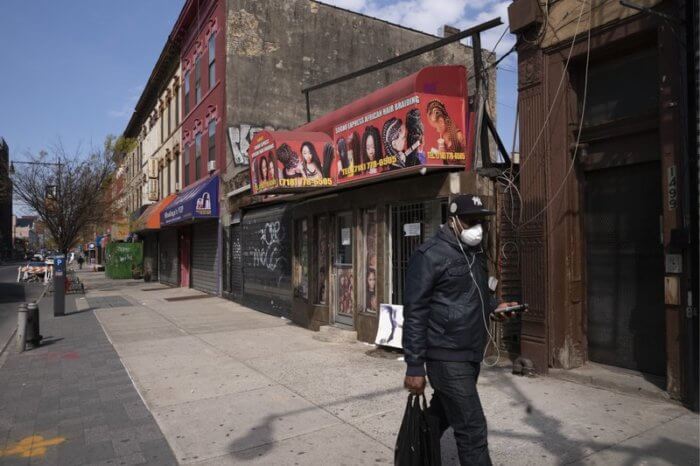
I think we need to recover mentally from the trauma this pandemic has caused on everybody,” she said. “We often talk about our children and how those two years affected their development … But then there’s also the trauma our older generations suffered with loss and isolation. So we are in need of healing from this pandemic.”
No matter how long the borough’s recovery will take, Reyes is still proud of the city’s greenest borough, what she said is the borough’s status as a cultural and social trendsetter, but most importantly, her fellow Bronxites who have persevered through these arduous two years.
“There is a pride that comes from saying I’m from the Bronx because we have a resiliency,” the proud Bronxite said. “And the one thing Bronx people like to do is prove people wrong, so I think that pride and resilience will be vital for our recovery.”
Reach Robbie Sequeira at rsequeira@schnepsmedia.com or (718) 260-4599. For more coverage, follow us on Twitter, Facebook and Instagram @bronxtimes.














